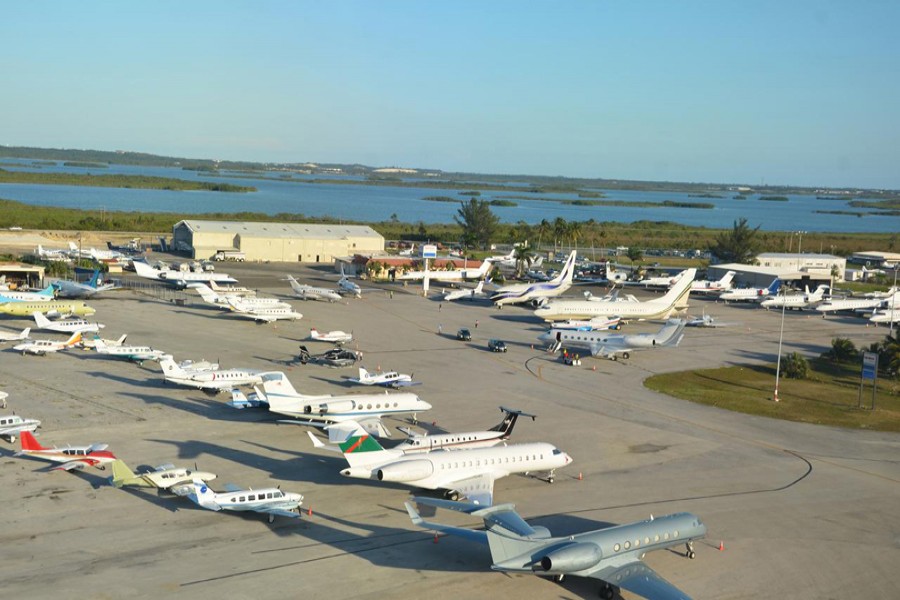Singapore, Indonesia, and Thailand are some of the forerunners in general and business aviation (GA/BA) in Southeast Asia.
However, the Indochina region is emerging as a contender for growth with countries such as Vietnam, Myanmar, and Cambodia experiencing GDP growth and enjoying an expanding tourism industry.
Myanmar’s economic liberalisation has seen a surge in foreign investments and will drive the growth of GA/BA, reports www.ainonline.com
Indochina Aviation Centre (IAC) was established in 2012 to provide dedicated ground handling services in Myanmar (under Myanmar Aviation Centre), Cambodia, and Laos to both scheduled and non-scheduled clients and operate the widest network of premium handling services within the Indochina region.
In addition to FBO services, IAC also provides consulting services to potential operators who wished to operate scheduled service into these countries.
In Myanmar alone, the company serves 21 airports, and was the first IATA-authorised training center in the country when the training arm opened in 2014. The company also serves three airports in Laos, Cambodia, and Vietnam each. It added Bangladesh to its portfolio this year.
Aljoscha Subasinghe, IAC's operations specialist and business development, said the fleet size within the Indochina region is still relatively small, and most are privately owned and not for charter use. Most charter flights in these countries are inbound flights from places such as China, Hong Kong, Singapore, the Middle East, and Europe. Most of the aircraft are smaller, he said, such as turboprops, Learjets and HondaJets.
“However, lately there is growing demand for outbound charter flights from passengers originating in the region, as local high-net-worth individuals discover the comfort and convenience of business aviation. For now, most of these requests are fulfilled by operators from outside the region, but this might change if more aircraft arebased in the Indochina market," he added.
Fostering that growth will require addressing some of the challenges in the region. First, the vast majority of airports in the Indochina region do not have separate VIP handling facilities, and most airport authorities are unfamiliar with the particular requirements of GA/BA, Subasinghe pointed out. Some face the same challenges as mature airports, such as the lack of slots, infrastructure, and parking rights, which deters potential clients, who then opt to fly to popular airports such as Phuket and Bangkok.
However, he noted the airports under the company's portfolio would be an excellent alternative to the space-constrained and expensive Hong Kong airport. “Many airports in our region are simply overlooked when it comes to parking. Numerous airports such as Laos’s Vientienne Wattay Airport and Noi Bai Aiport in Hanoi, Vietnam, have plenty of parking availability at attractive rates, without being limited by slot availability. Especially during typhoon season, when operators are looking to move their airplanes out of Hong Kong, these stations can be a good option.”
“Thorough preparation is needed to be able to elevate the service level at these stations to a standard that a business jet traveler might expect,” he said. Providing service at the highest level is expensive, he noted, despite the fact that “the average wages in our region are much lower than in the developed world."
“Our teams are working hard with airport authorities, DCAs and other industry stakeholders to overcome these challenges and improve the business aviation landscape as we believe this sector to be a major influence on the development of the region,” Subasinghe told AIN.


